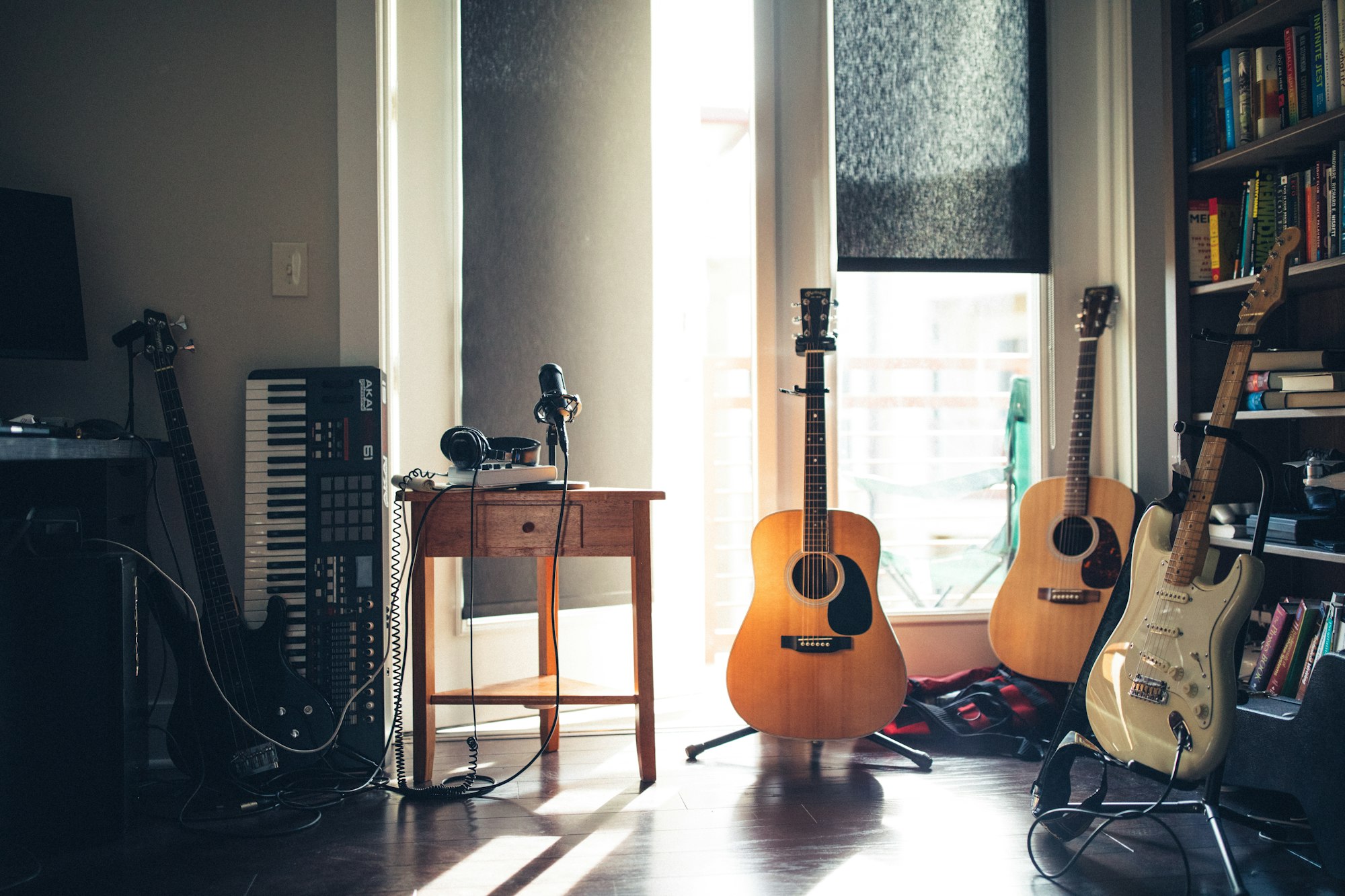Exploring the Possibilities of ChatGPT for Music Composition: Generating Original Sounds and Styles

ChatGPT is a powerful language model that can be used for a wide range of tasks, including music composition. By providing ChatGPT with a prompt and some examples of music, it can generate original compositions that sound similar to the examples. This opens up new possibilities for music creators and enthusiasts who want to experiment with new sounds and styles without having to spend hours composing and arranging.
One of the key advantages of using ChatGPT for music composition is its ability to understand and generate natural language. This allows it to understand the nuances of different musical styles and genres, and to generate compositions that are coherent and well-structured. For example, if you provide ChatGPT with a prompt and examples of classical music, it can generate a classical composition that includes elements like a clear structure, counterpoint, and harmony.
Another advantage of using ChatGPT for music composition is its ability to generate a wide range of styles and genres. Whether you're a composer looking to experiment with new sounds, a producer looking for inspiration for a new track, or a music enthusiast who wants to create their own compositions, ChatGPT can help you achieve your goals.
To get started with using ChatGPT for music composition, you'll need to provide it with a prompt and some examples of music. The prompt should include information about the style and genre of music you want to generate, as well as any specific elements you want to include in the composition. For example, you might provide ChatGPT with a prompt that says "Generate a classical composition that includes a melody for the piano and a string quartet."
You'll also need to provide ChatGPT with examples of music that match the style and genre you're looking to generate. These examples can include MIDI files, sheet music, or audio files. The more examples you provide, the better ChatGPT will be able to understand the style and genre you're looking to generate, and the more accurate its compositions will be.
Once you've provided ChatGPT with a prompt and examples of music, it will generate a composition for you. The composition will be in MIDI format, so you'll need to use a music software to convert it to audio, and edit it to make it sound better.
There are a few things to keep in mind when using ChatGPT for music composition. First, ChatGPT is a language model, so it's not perfect. It may generate compositions that don't quite match the style and genre you're looking for, or that include mistakes or errors. You'll need to listen to the compositions carefully and make any necessary adjustments to get the sound you're looking for.
Second, ChatGPT can generate a wide range of styles and genres, but it's not an expert in every style and genre. It will generate compositions based on the examples you provide, so if you're looking to generate a specific style of music that you don't have any examples of, you may not get the results you're looking for.
Overall, using ChatGPT for music composition is a great way to experiment with new sounds and styles, and to generate original compositions without having to spend hours composing and arranging. With its ability to understand and generate natural language, it can help you achieve your goals, whether you're a composer, producer, or music enthusiast. However, keep in mind that it's not perfect and you need to edit the generated compositions to make it sound better.